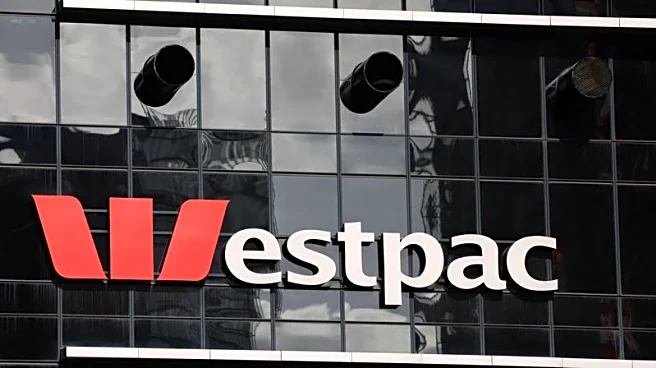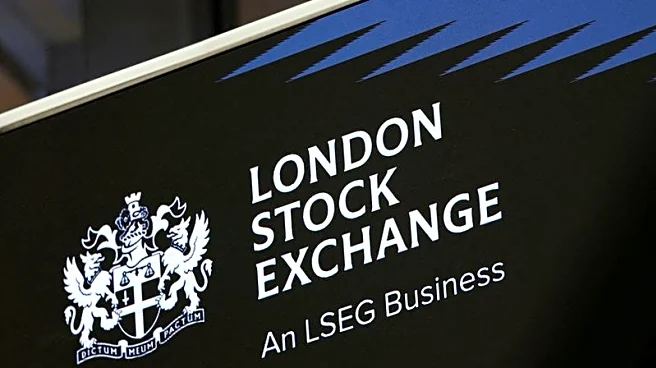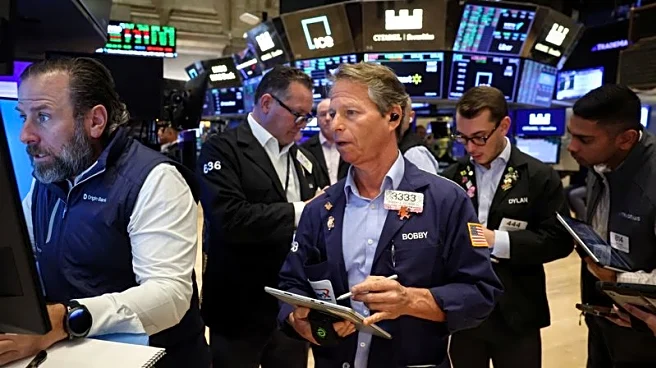What's Happening?
Otter Tail Corporation announced its third-quarter earnings, reporting a diluted earnings per share of $1.86 and increasing its annual earnings guidance. The company has raised its long-term earnings per share growth
rate target to 7-9% and updated its electric utility's rate base growth rate to 10%. The strong performance is attributed to the Plastics segment, which exceeded expectations despite declining product prices. Otter Tail Power has filed a request to increase rates by $44.8 million, driven by infrastructure investments and inflation impacts.
Why It's Important?
Otter Tail Corporation's financial results and increased guidance reflect its resilience and strategic growth in a challenging market environment. The company's focus on infrastructure investments and rate base growth positions it to deliver reliable and affordable electric service, benefiting customers and stakeholders. The strong performance of the Plastics segment highlights the importance of diversification in maintaining profitability. These developments could influence investor confidence and impact the company's stock performance.
What's Next?
Otter Tail Corporation plans to host a webcast to discuss its financial and operating performance. The company is introducing a new five-year capital spending plan totaling $1.9 billion, expected to drive further growth. The ongoing expansion projects, such as the Vinyltech expansion, are anticipated to increase production capacity and contribute to future earnings. Stakeholders will be watching for regulatory decisions on the proposed rate increase and the company's ability to maintain its growth trajectory.
Beyond the Headlines
The company's strategic focus on customer-centric investments and regulatory priorities underscores the ethical dimension of providing reliable and affordable services. The emphasis on infrastructure and grid resilience highlights the long-term commitment to sustainability and energy security. Otter Tail's approach to managing market challenges and aligning cost structures with demand reflects broader industry trends towards efficiency and adaptability.












